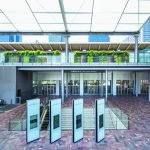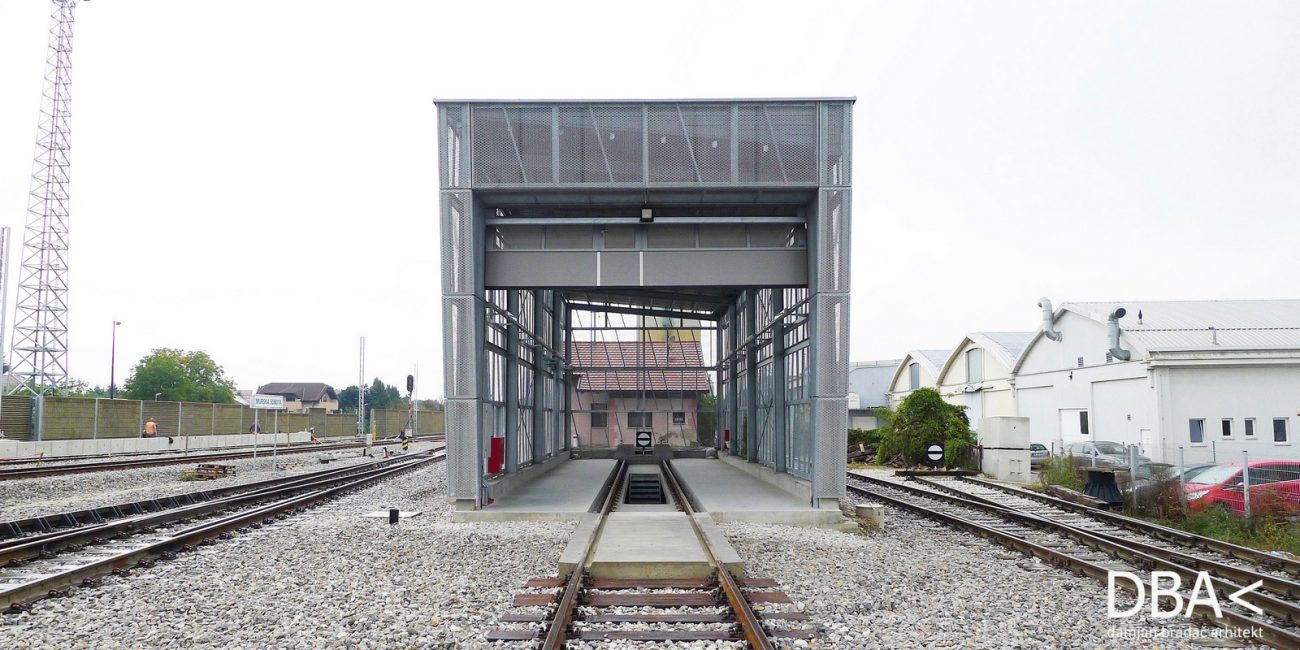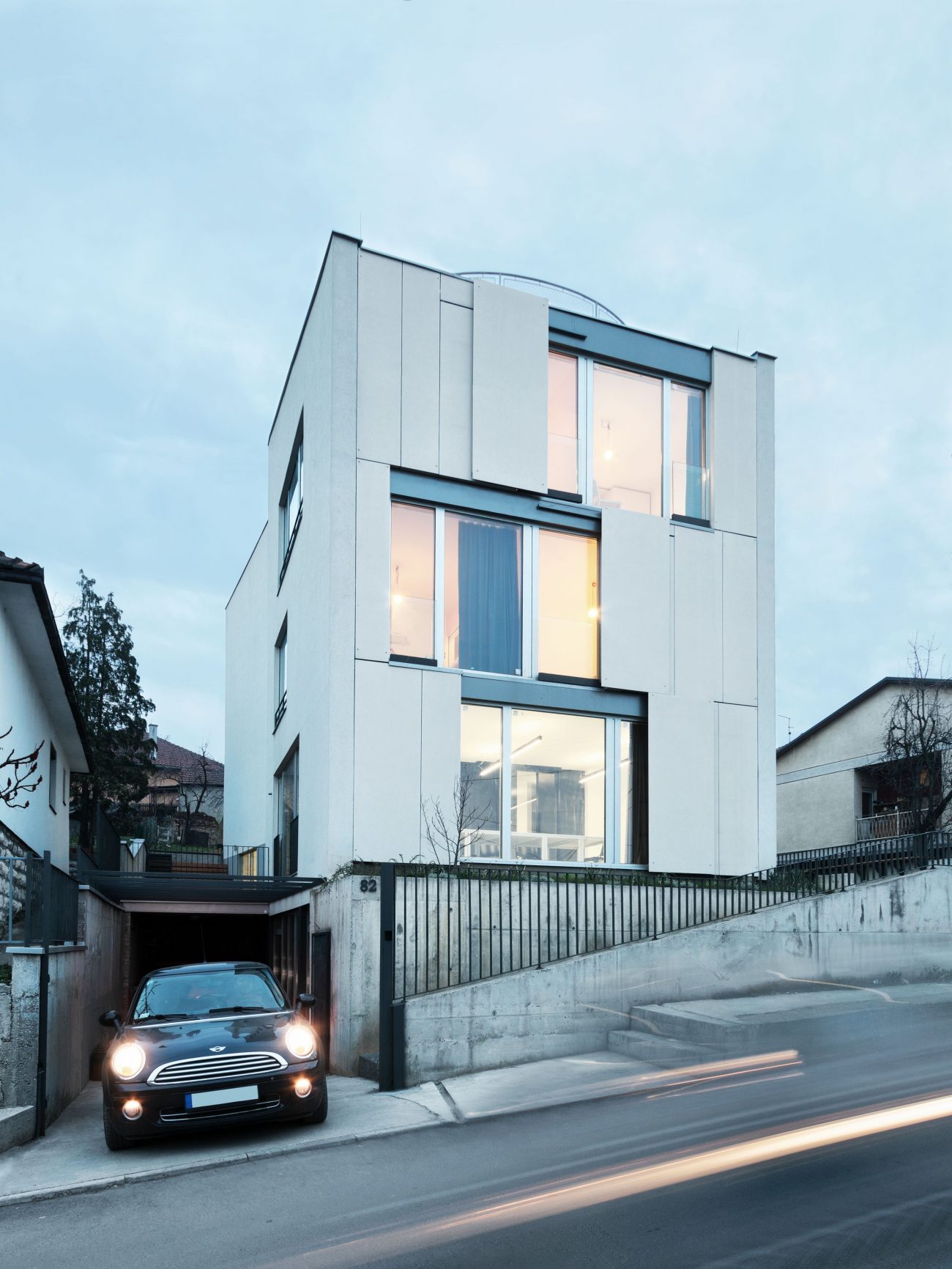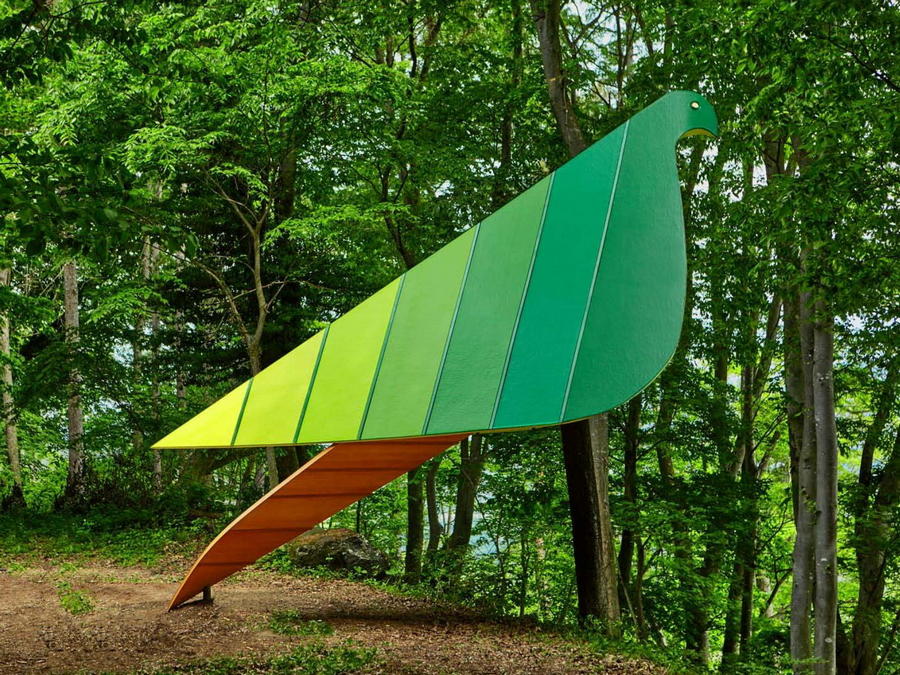Tokyo Station Yaesu Redevelopment
The Tokyo Station Yaesu Redevelopment consists of a 200‑meter South Tower, a second 200‑meter North Tower on a retail base

JAHN
Tokyo Station Yaesu Redevelopment
-
Location
Tokyo, Japan
-
Project title
Tokyo Station Yaesu Redevelopment and Canopy
-
Architecture office
JAHN
-
Associate Architect
Nikken Sekkei, Ltd.
-
Structural engineering
Werner Sobek (Canopy)
-
Area
346 sqm
-
Construction year
2015
-
Photographs
Rainer Viertlböck
-
Website
www.jahn‑us.com/
The Tokyo Station Yaesu Redevelopment consists of a 200‑meter South Tower, a second 200‑meter North Tower on a retail base and a new entrance to Tokyo Station. A simple yet bold strategy was developed to give the development a unique presence. Taut glass facades define the towers’ volume while the angular geometry of the North Tower further emphasizes the different uses of the base and the tower. Various layers of glass define the office and retail components and provide a distinct image on the skyline. The tight site is characterized by elements of traffic circulation, retail, office uses and access and connections to Tokyo Station.
A 234‑meter canopy is conceived as a large, flat, textile panel fixed in a straight line at the track edge and supported on steel frames of varying heights and angles spaced at 18‑meter intervals. This variation in height and angle gives the canopy its simple yet distinctive profile. The textile panel is suspended from the steel framework allowing the surface of the canopy to be a continuous luminous plane. The structure can be seen through the textile surface and is read like the veins of a leaf.
The Canopy at the Tokyo Station Yaesu Redevelopment creates a new image for the station. For many visitors, it is the first and last impression of the city. While standing in contrast to the old station, it defines and distinguishes the Yaesu District from the Marunouchi District to the west. Durability and low‑maintenance are inherent in the Canopy’s technology; the simple design is defined as a straight line between two shifted towers. The 234‑meter long Canopy is conceived as a large flat textile panel fixed in a straight line at the track edge and supported on steel frames of varying heights and angles spaced at 18‑meter intervals. The variation in height and angle gives the Canopy its simple yet distinctive profile. The textile panel is suspended from the steel framework allowing the surface of the Canopy to be a continuous luminous plane. The structure can be seen through the textile surface and is read like the veins of a leaf, while structures under the canopy provide an upper level connection to the two offices.
 Romană
Romană English
English














